1. The Toast-O-Lator
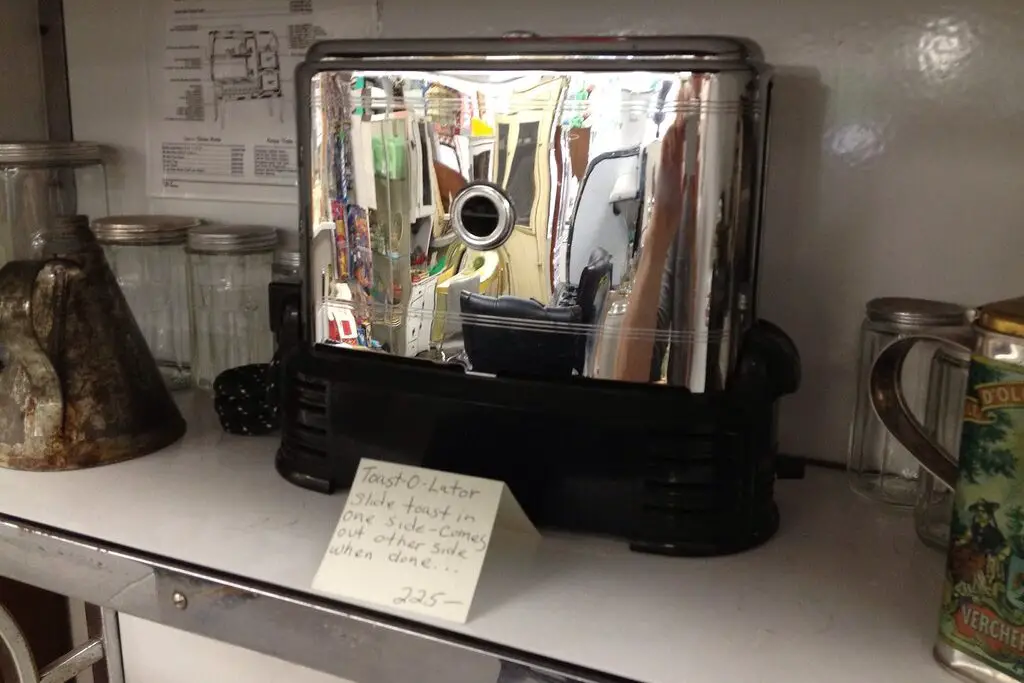
The Toast-O-Lator promised to take breakfast convenience to a whole new level with its futuristic design. First hitting the market in the 1950s, this appliance was essentially a vertical toaster that could handle several slices of bread at once. Its sleek, space-age look was meant to embody the era’s optimism about technology transforming everyday life. For many, it was the holy grail of breakfast gadgets, as it claimed to make the perfect toast without any of the hassle.
Unfortunately, the Toast-O-Lator didn’t live up to its promises. While it did toast bread, it wasn’t as consistent or efficient as hoped. Many owners found that the bread didn’t always pop up at the right time, leaving them with unevenly toasted slices. As other, more reliable toasters became available, the Toast-O-Lator faded into obscurity, leaving behind just a memory of its once lofty aspirations.
2. The Electric Can Opener
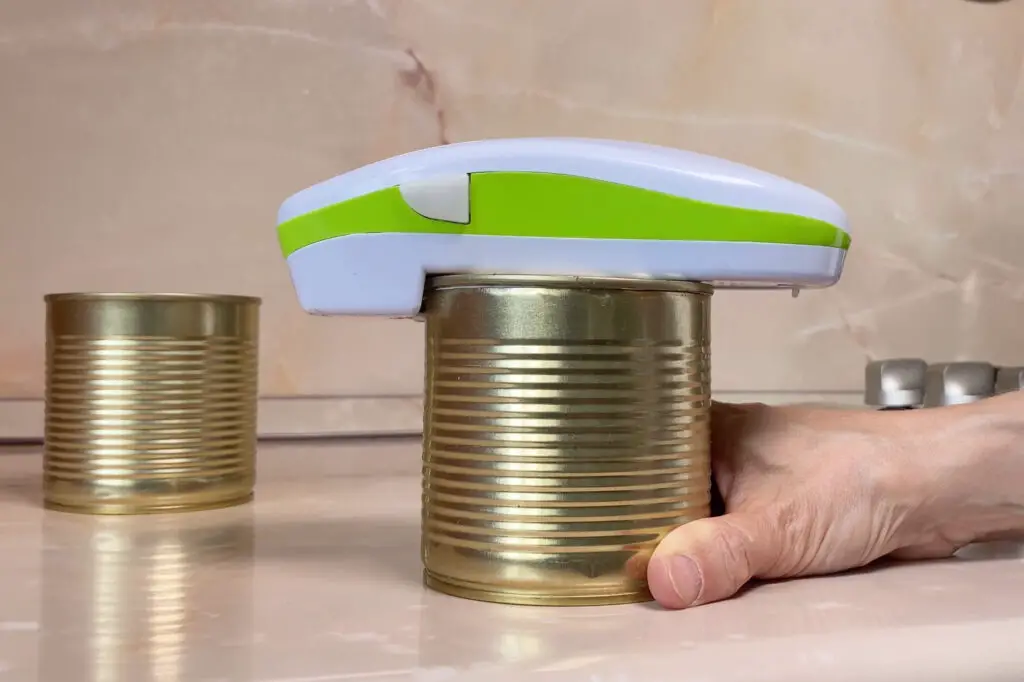
At the time of its release, the electric can opener seemed like a game-changer for those tired of struggling with manual openers. Its motorized blade could cut through cans with little to no effort, promising an easier, faster way to open those kitchen staples. Advertisements claimed that it would save time, reduce the mess, and eliminate the hand strain from repetitive twisting motions. For many, the concept of an electric can opener was as revolutionary as the microwave oven.
But as useful as it seemed, the electric can opener was prone to malfunction and was often hard to clean. Over time, these appliances developed a reputation for breaking down too quickly, and the need for a powered can opener began to feel more like a novelty than a necessity. Eventually, the good old manual can opener made a comeback in kitchens everywhere, and the electric version was left gathering dust in drawers and attics.
3. The Automatic Egg Cracker
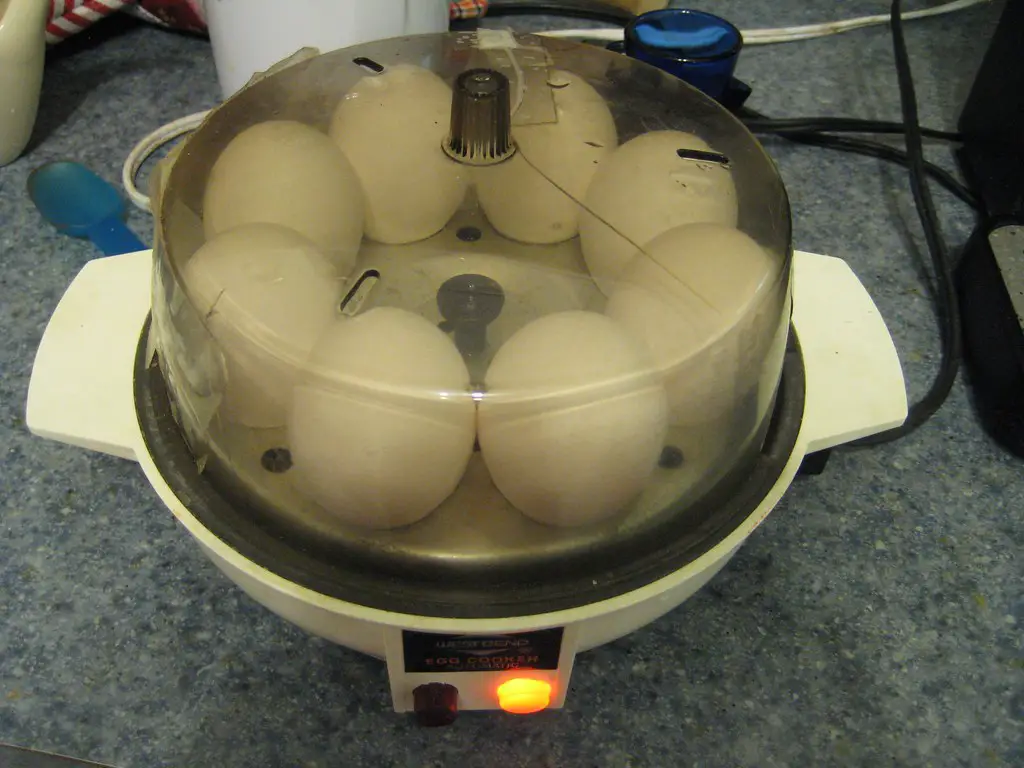
Egg cracking used to be an art form, but the automatic egg cracker set out to make it a science. This appliance promised to break eggs with the press of a button, without any mess or shell bits sneaking in. Marketed as a must-have for busy kitchens and professional chefs, it had the potential to streamline breakfast routines. The design was sleek and simple, with an automated mechanism that would crack the egg and deposit it into a bowl, all without any human intervention.
However, while the idea seemed promising, the egg cracker was far more trouble than it was worth. The mechanism often had trouble with eggs that weren’t perfectly fresh, and it couldn’t reliably avoid pieces of shell from falling into the mix. Cleaning the appliance was another headache, making it something many were quick to discard. In the end, people realized that a good old-fashioned egg crack with a flick of the wrist was far easier and more reliable.
4. The Salad Shooter
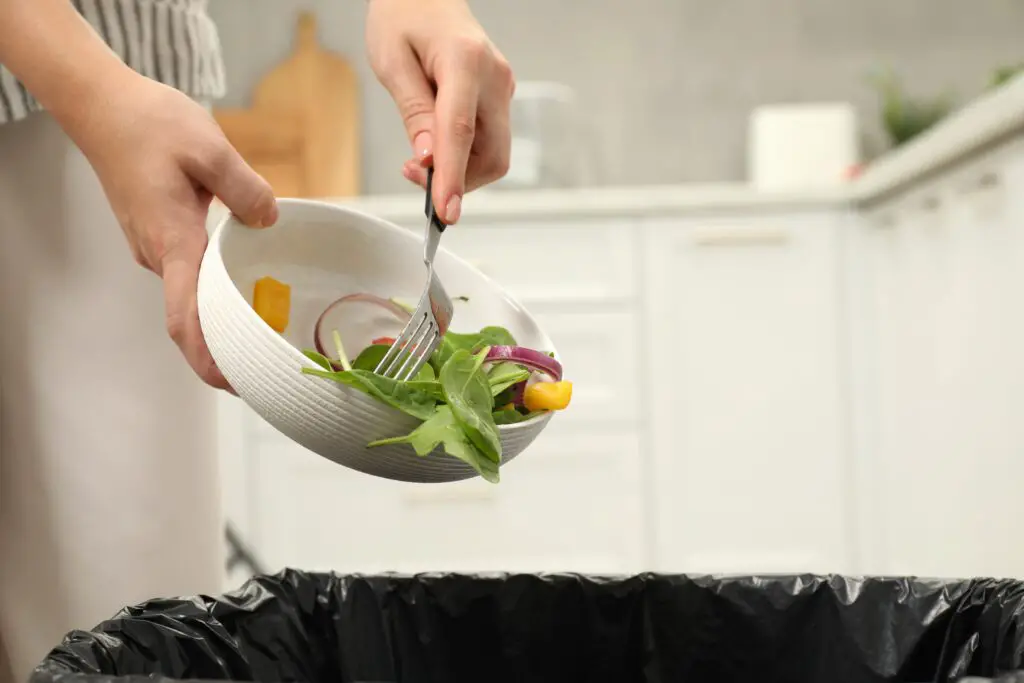
The Salad Shooter, released in the 1980s, was marketed as a revolutionary kitchen tool that would make chopping and slicing vegetables a breeze. It promised to cut down prep time by allowing users to simply load their vegetables into the top and shoot them into slices or shreds with a press of a button. For those who loved fresh salads but hated the labor of preparing them, this appliance was seen as the answer to their dreams.
While it did technically work, the Salad Shooter didn’t quite deliver on its promise of ease. The blades often clogged, and the pieces it produced were inconsistent in size and shape. Plus, cleaning the machine after use was more of a hassle than simply chopping the veggies by hand. As new gadgets flooded the market, the Salad Shooter became just another quirky relic of its time, forgotten in kitchen drawers or at garage sales.
5. The Popcorn Maker with a Built-In Butter Dispenser

For popcorn lovers, the invention of the popcorn maker with a built-in butter dispenser was like hitting the jackpot. The concept was simple: you could pop your corn, and at the same time, it would have a steady stream of melted butter drizzling down as it was made. Advertisements painted a picture of the ultimate movie-night experience, where every kernel was perfectly buttered and ready to eat.
Unfortunately, the device was often more of a mess than a convenience. The butter didn’t always dispense evenly, and too much butter would often end up on the countertop instead of the popcorn. As people became frustrated with the inconsistent results, they turned back to the traditional stovetop method or microwave popcorn, leaving the once-beloved buttered popcorn machine to gather dust on the shelf.
6. The Home Ice Cream Maker

Before fancy gelato bars and gourmet ice cream shops became the norm, the home ice cream maker was the appliance everyone thought would revolutionize summer treats. It promised a way for families to make homemade ice cream at home, with no need to leave the house or visit the store. These machines usually came with a hand-crank or electric motor and promised to churn out homemade ice cream in minutes, with a variety of flavors and mix-ins.
The problem? They took far more time and effort than expected. The ice cream often came out icy or uneven, and the process could be cumbersome, especially for families with young kids who lost interest in the middle of churning. As convenience food options like pre-packaged ice cream gained popularity, the once-anticipated ice cream maker was relegated to the back of kitchen cabinets, left to collect dust.
7. The Garment Steamer
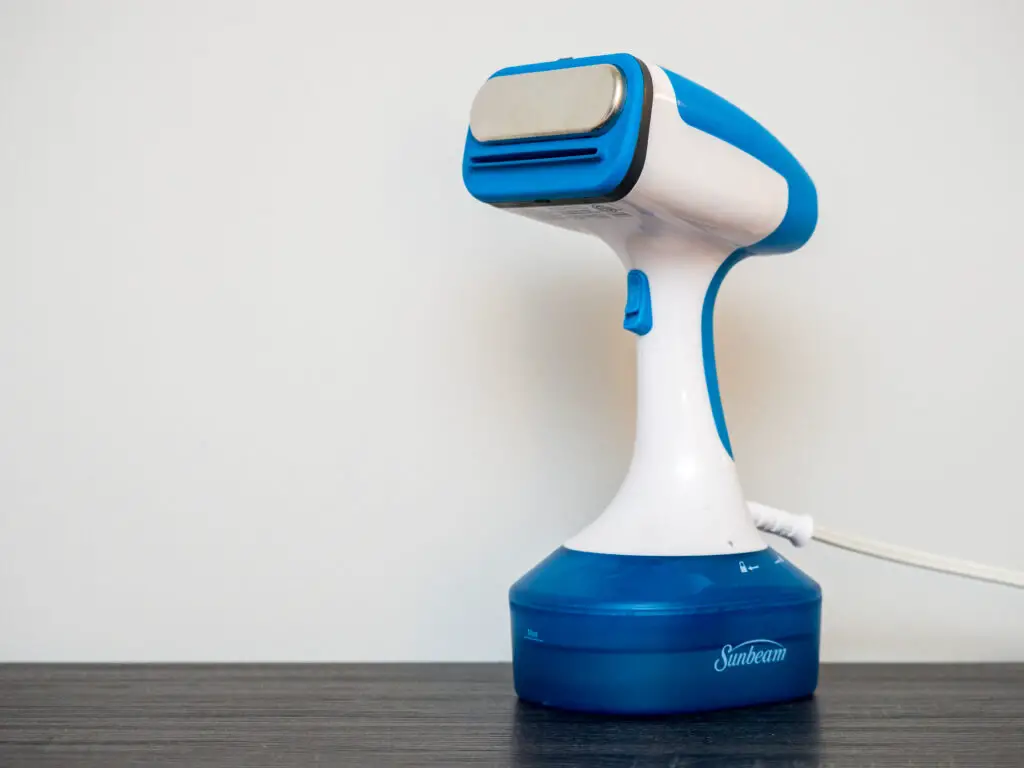
For a brief moment, the garment steamer was heralded as the new way to remove wrinkles without the hassle of an iron and ironing board. Promising to save time and energy while delivering wrinkle-free clothes in minutes, it seemed like the perfect solution for busy professionals who needed to look polished without the effort. Its sleek design and easy-to-use mechanism made it seem like a revolution in personal care.
However, while it worked in theory, the steamer often struggled with certain fabrics or stubborn wrinkles, and the water tank needed frequent refilling. It also took longer to heat up than most people anticipated, and some users found that it didn’t always give the crisp, sharp finish that they desired. In the end, irons and pressing boards continued to be the go-to tools for tackling wrinkles, and the garment steamer quietly faded from the spotlight.
8. The Home Bread Maker

In the ’90s, the home bread maker was an appliance that promised to bring the joy of fresh-baked bread into every home. It allowed users to mix, knead, and bake bread all in one machine, with little to no effort required. The convenience of being able to set it and forget it while filling the house with the scent of fresh bread was an enticing offer for many home cooks.
Yet, the reality was often less than magical. While it made the process easy, the bread often lacked the texture and flavor of traditionally baked bread, leaving many disappointed with the results. The bread maker also took up precious counter space and required constant cleaning. As people returned to making bread the old-fashioned way or bought fresh loaves from bakeries, the home bread maker became a forgotten gadget, collecting dust in closets and garages.
